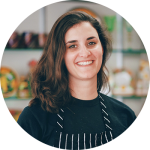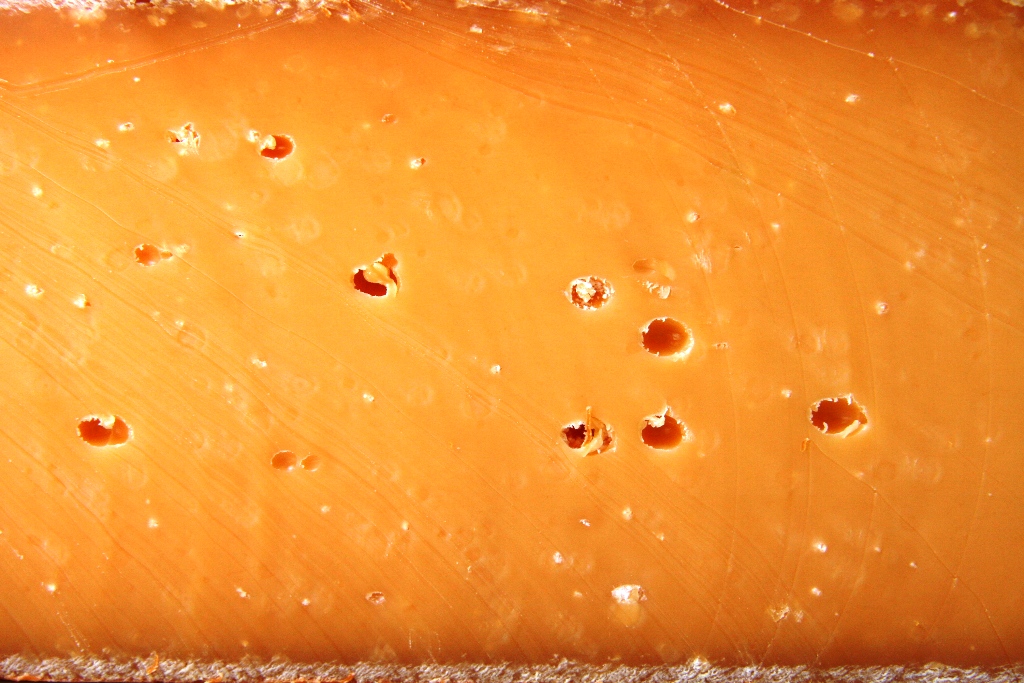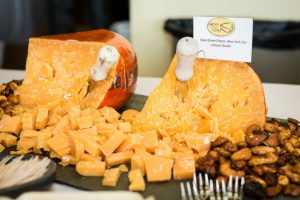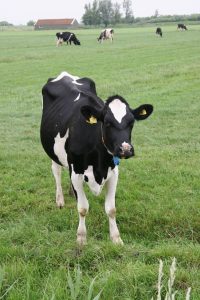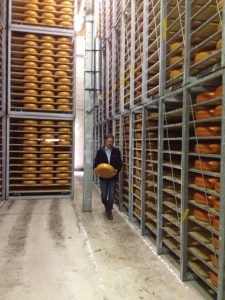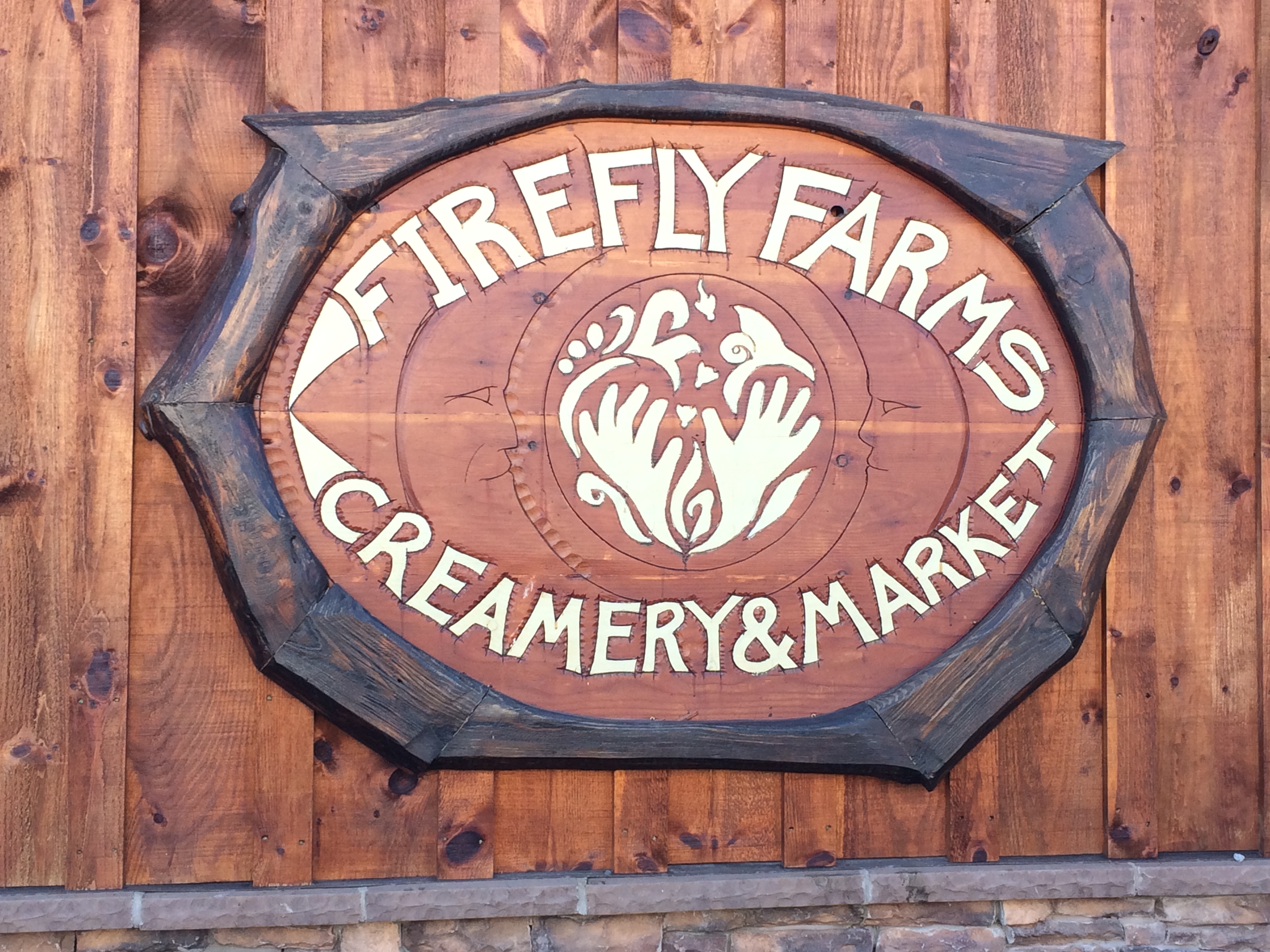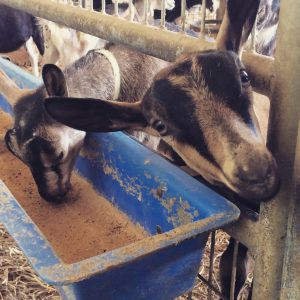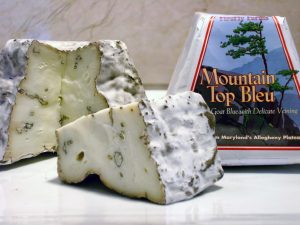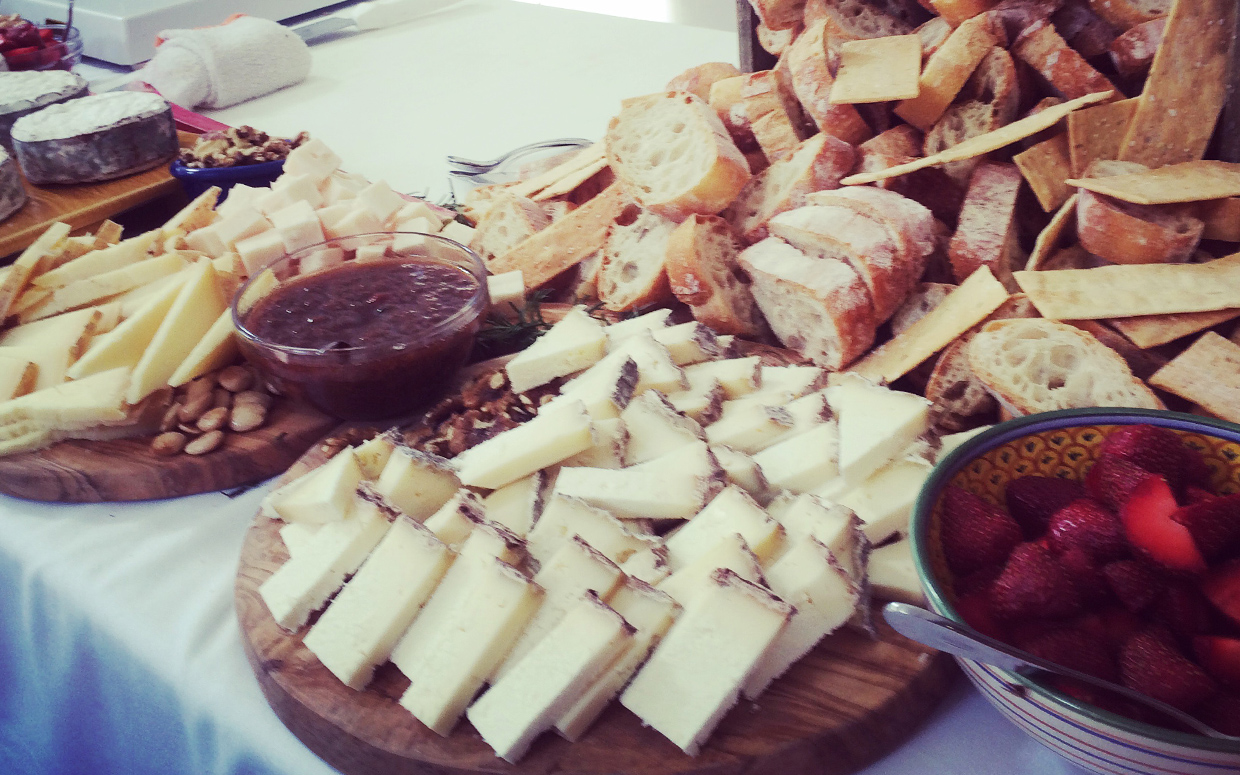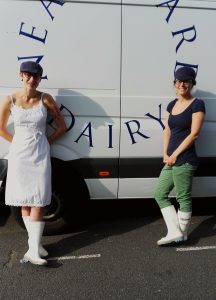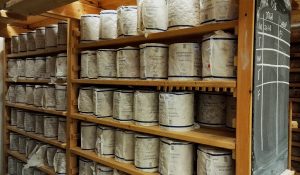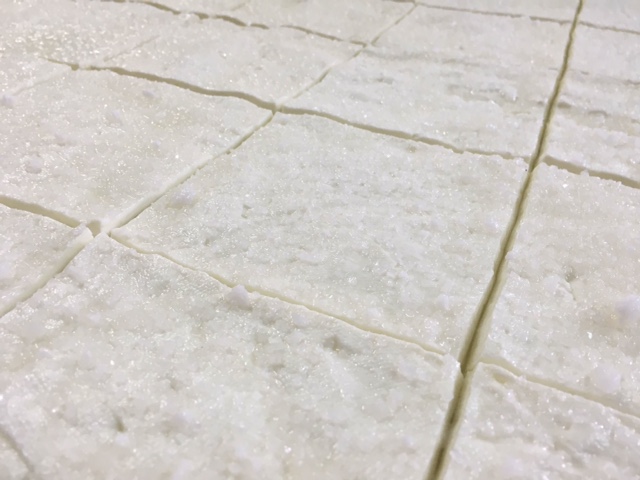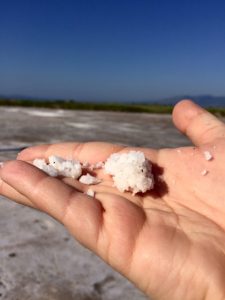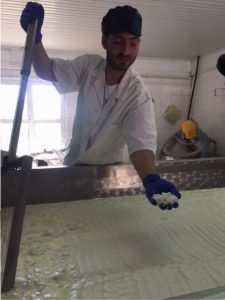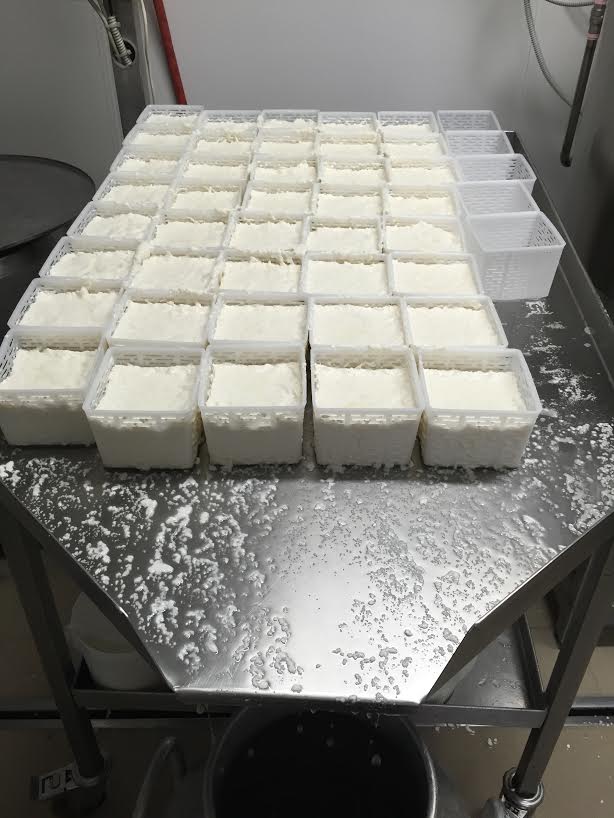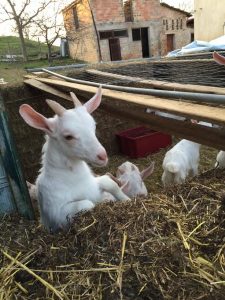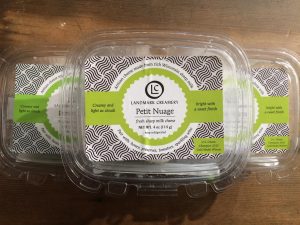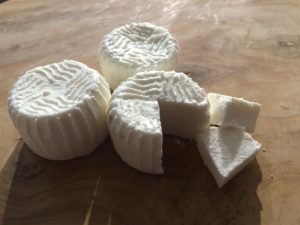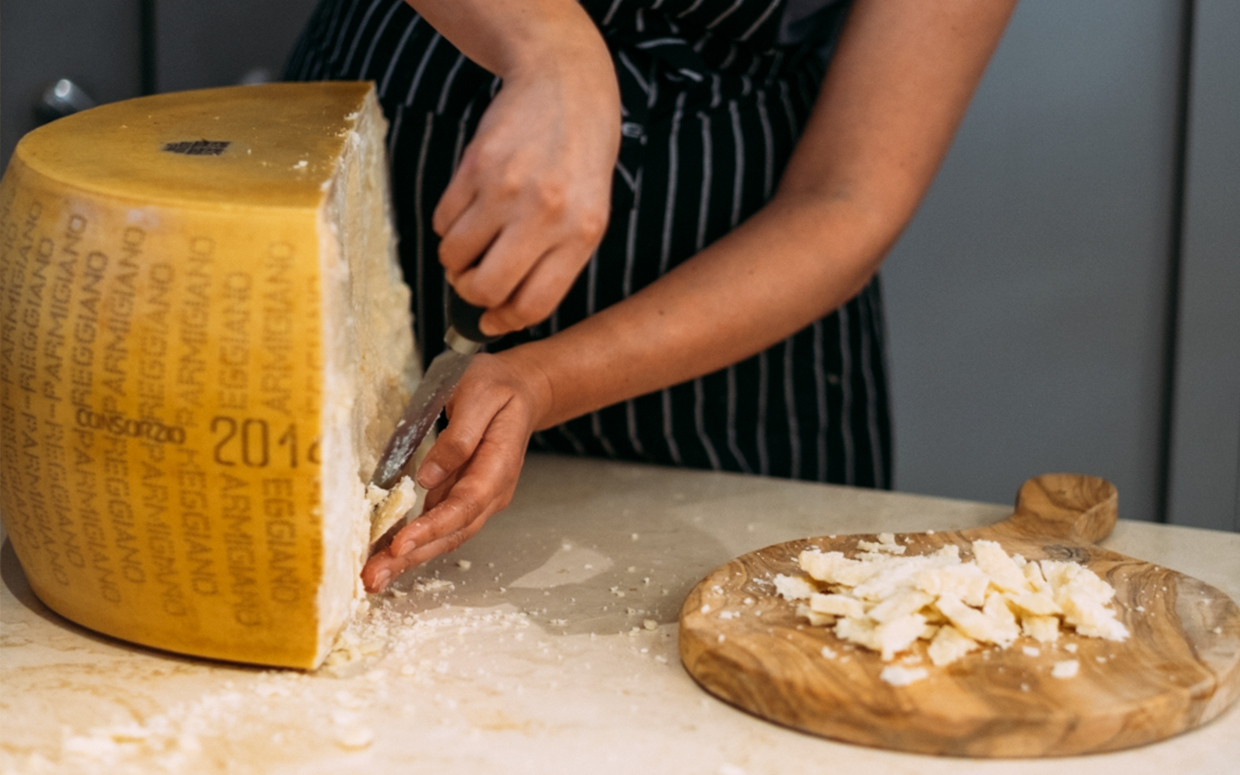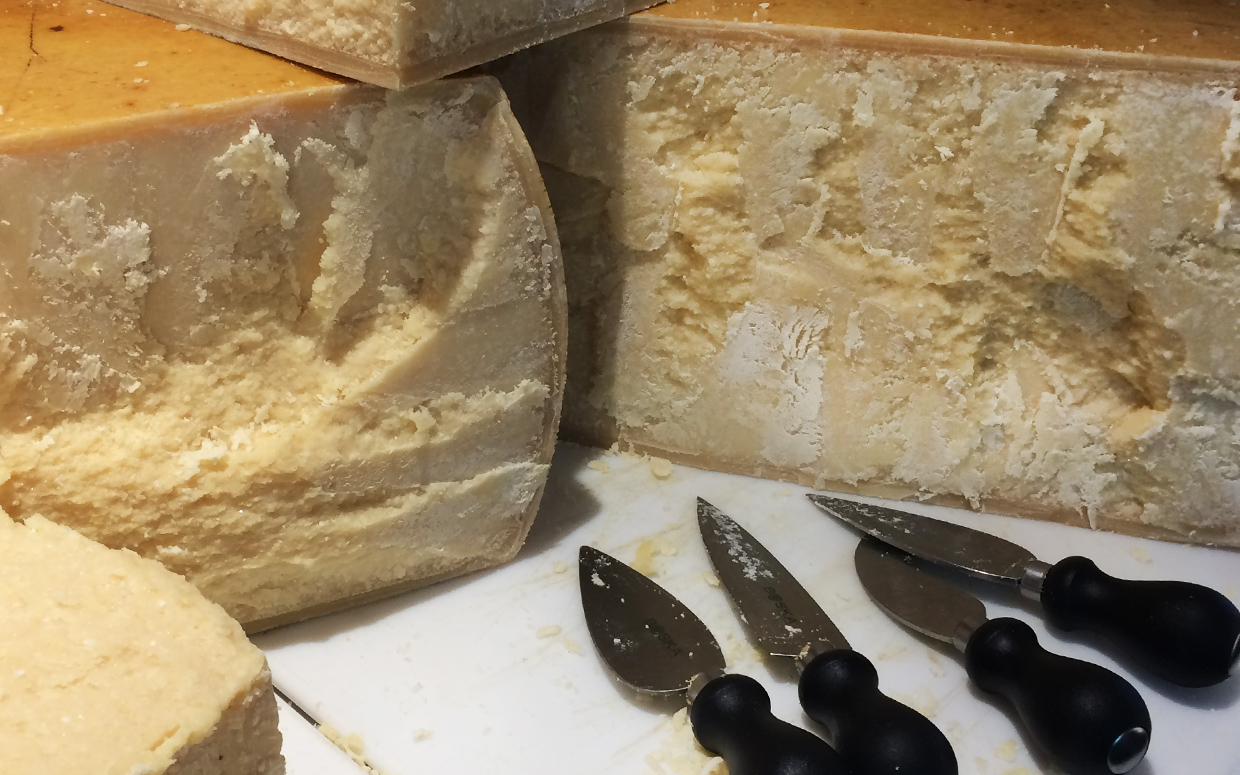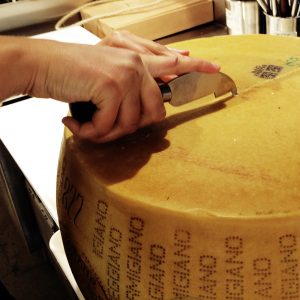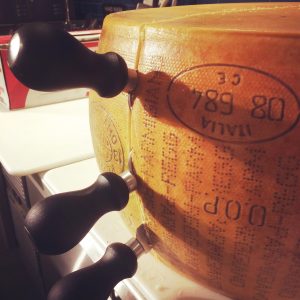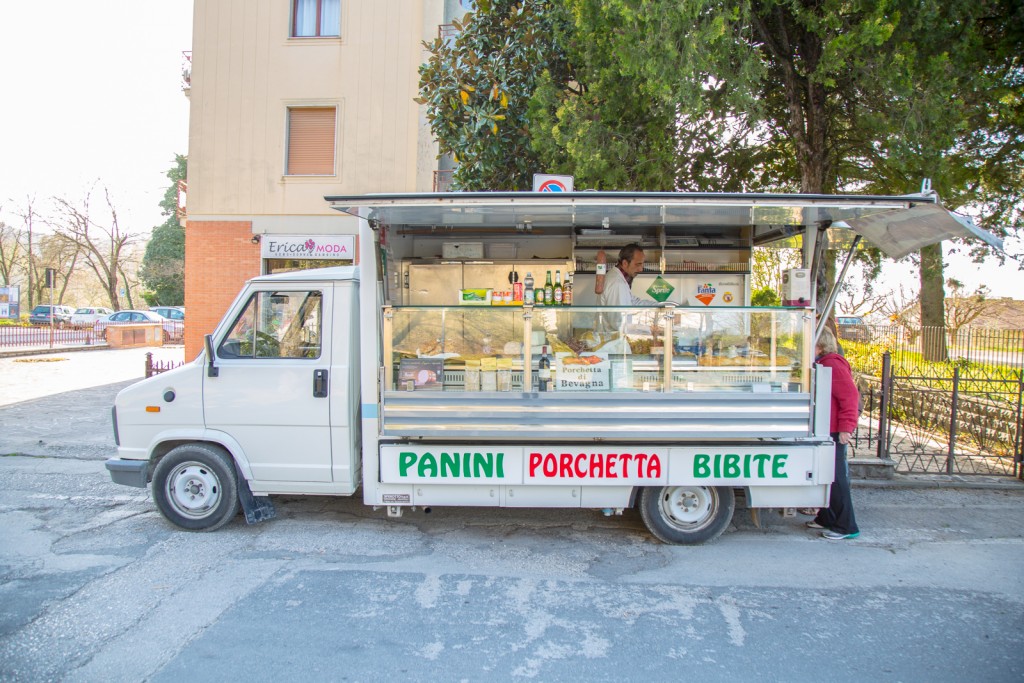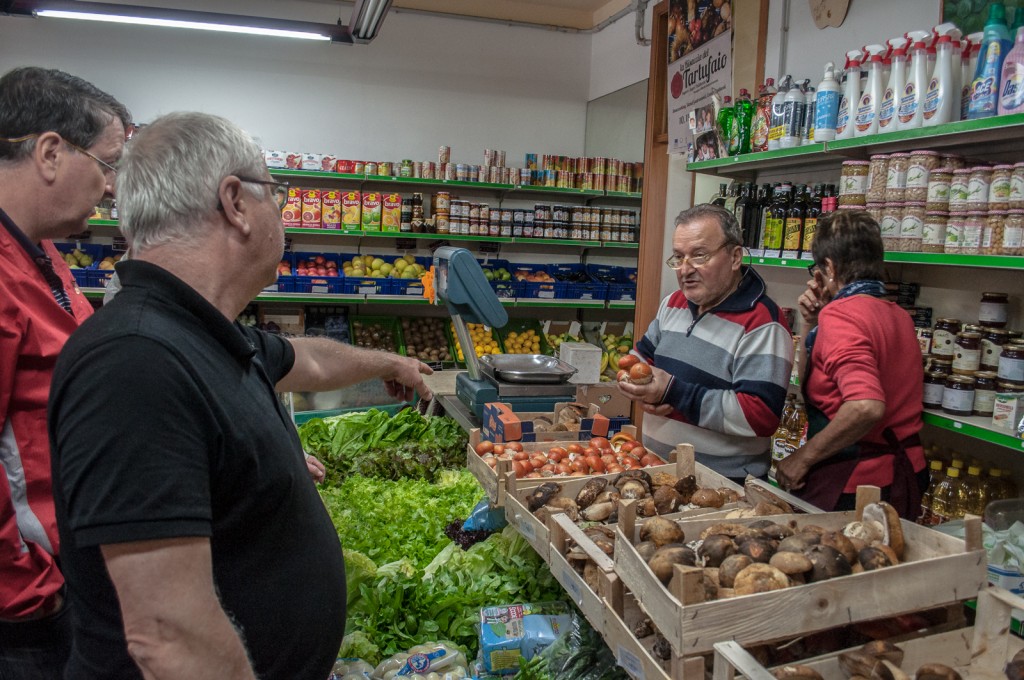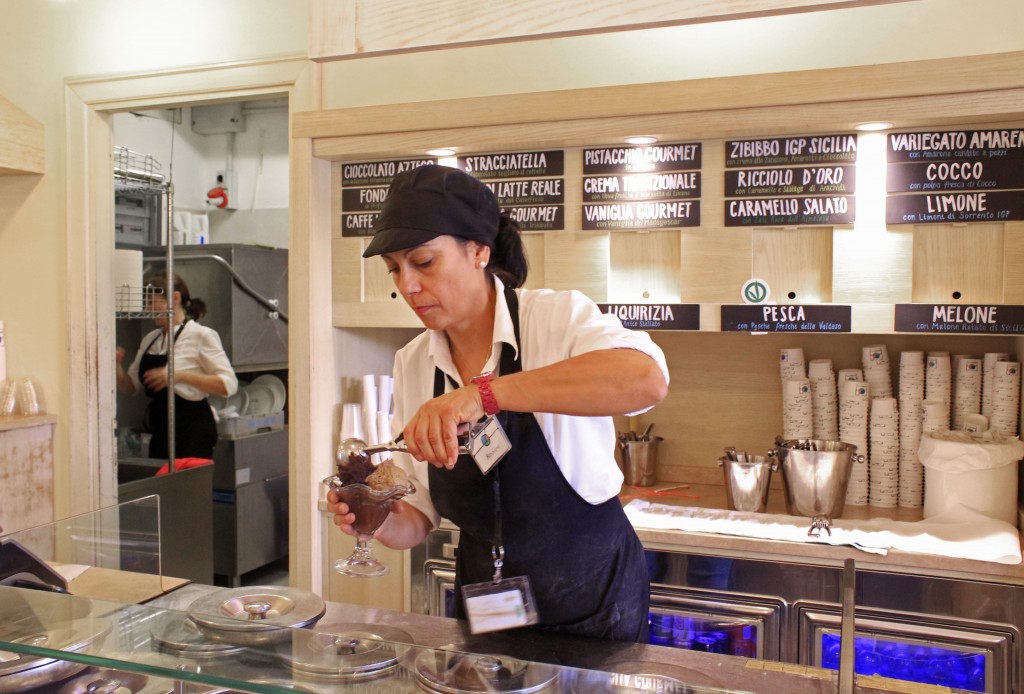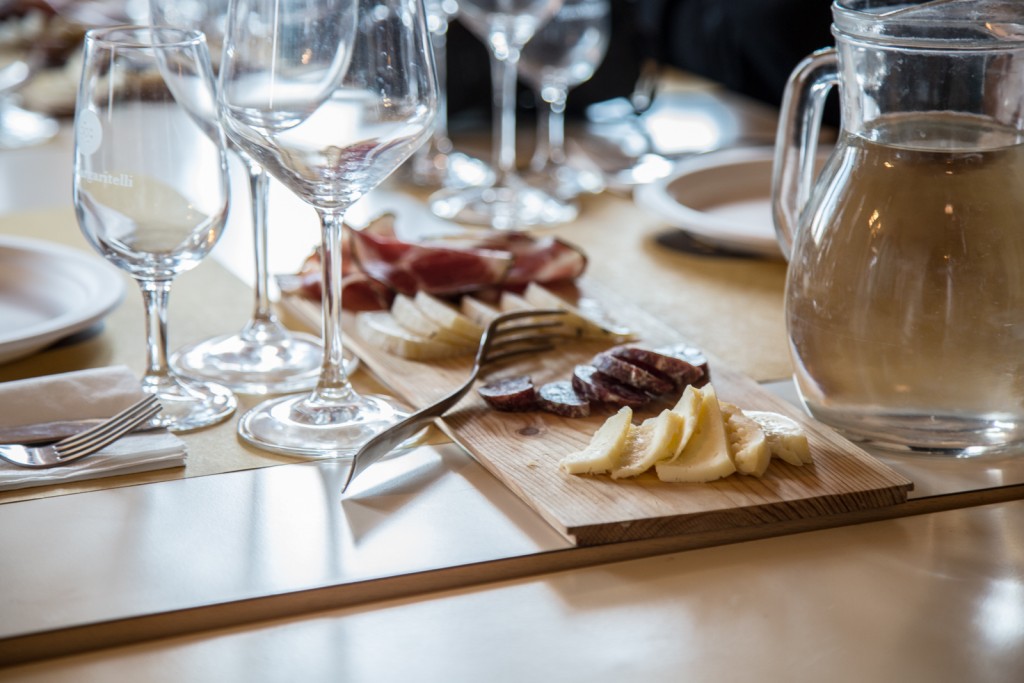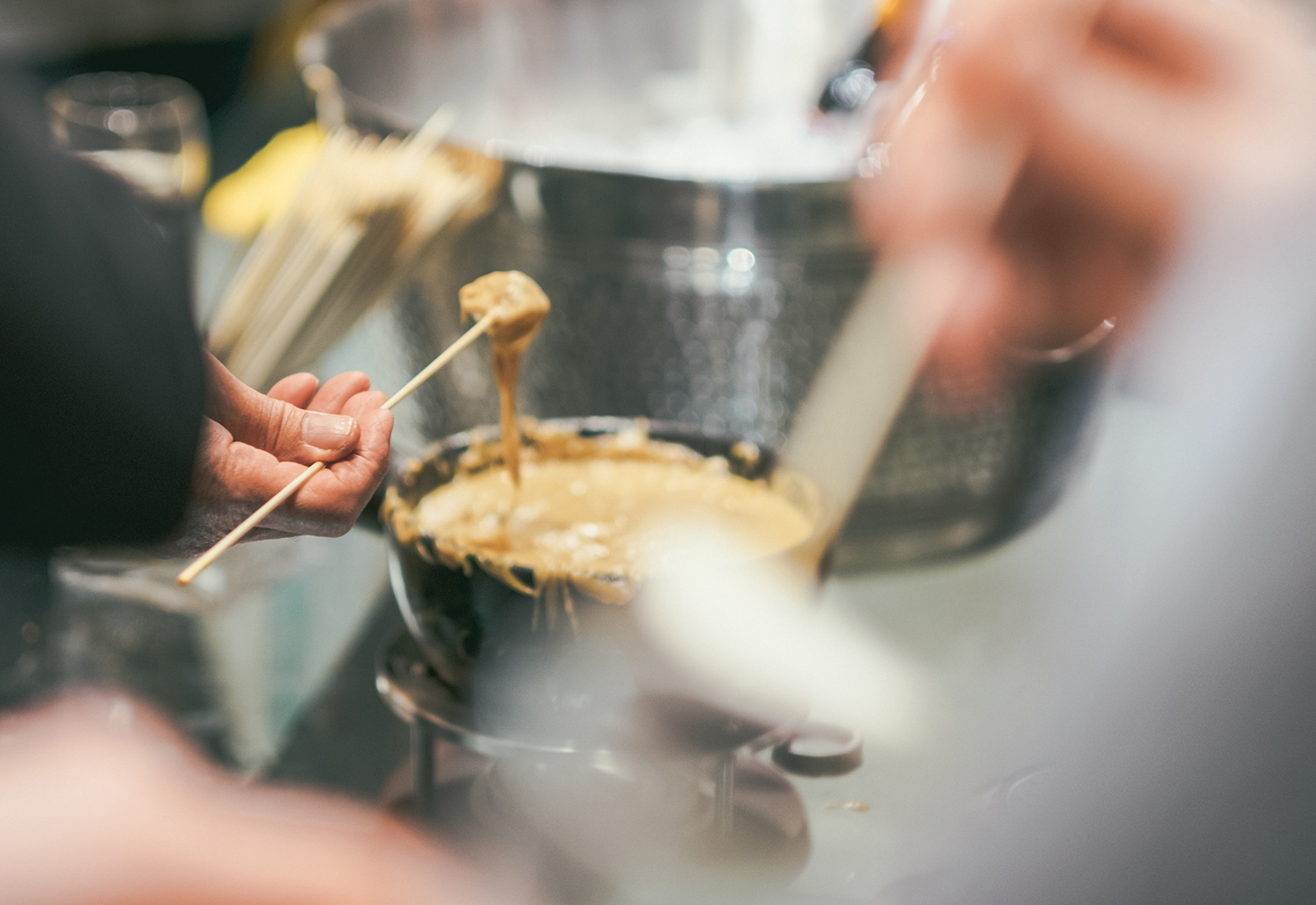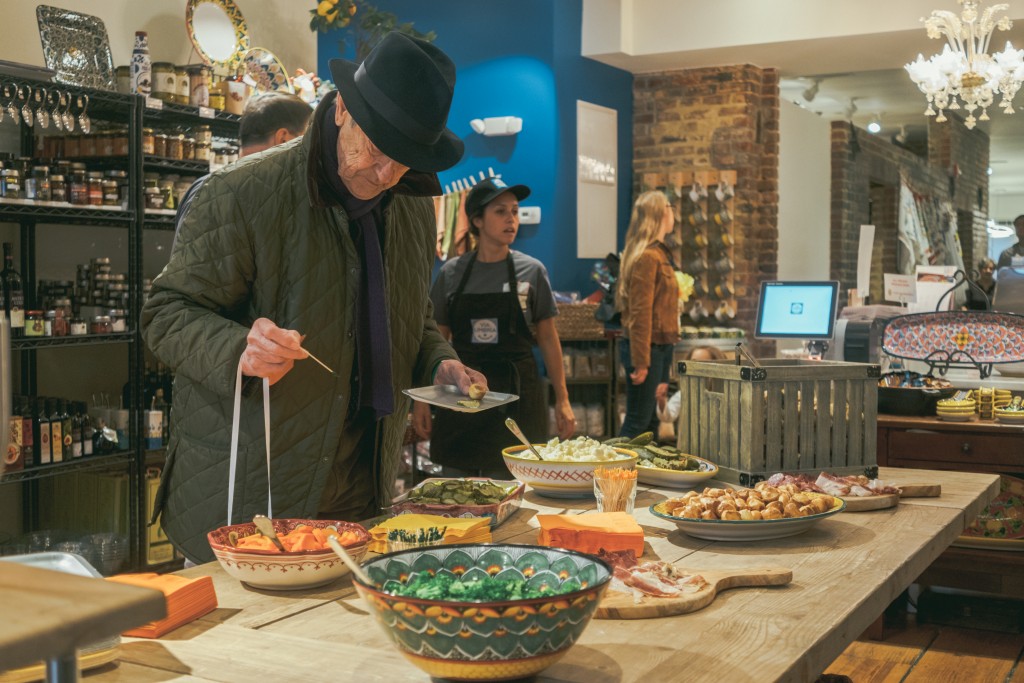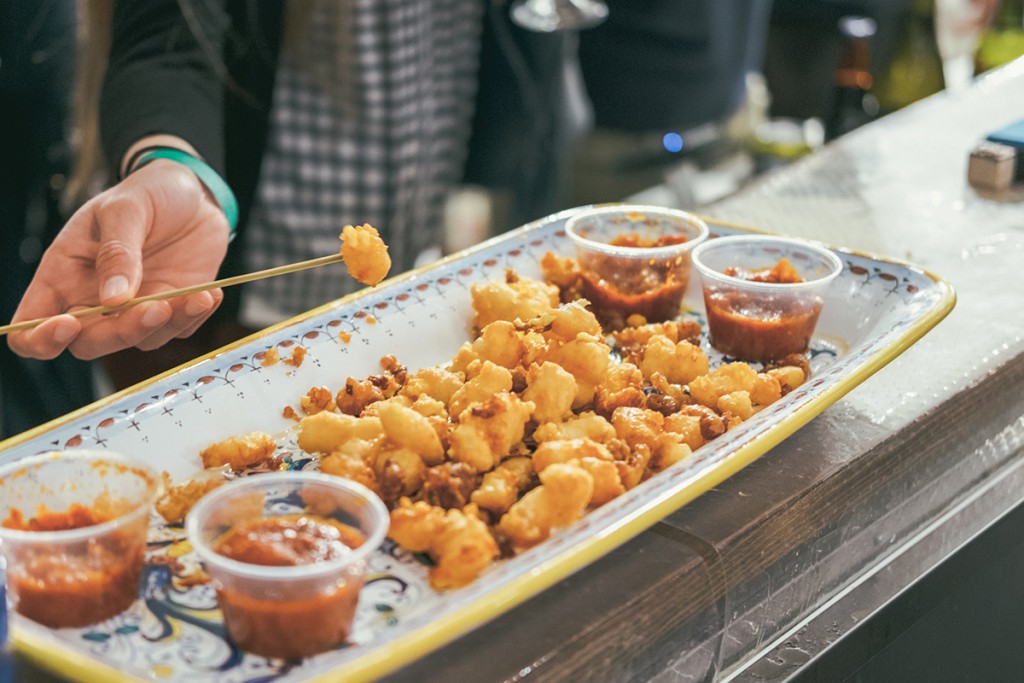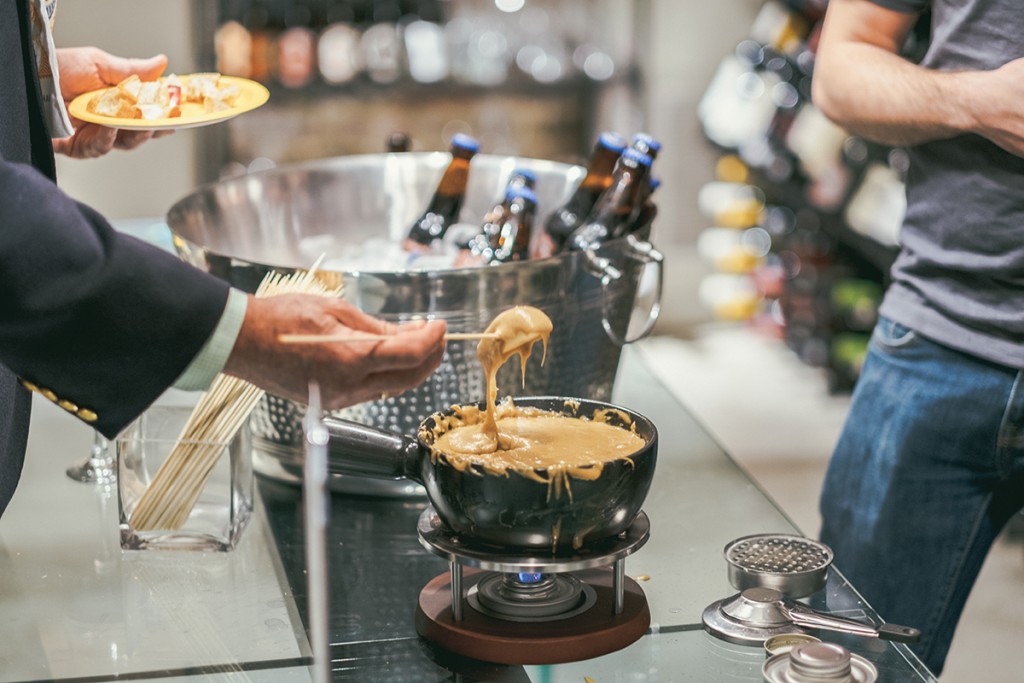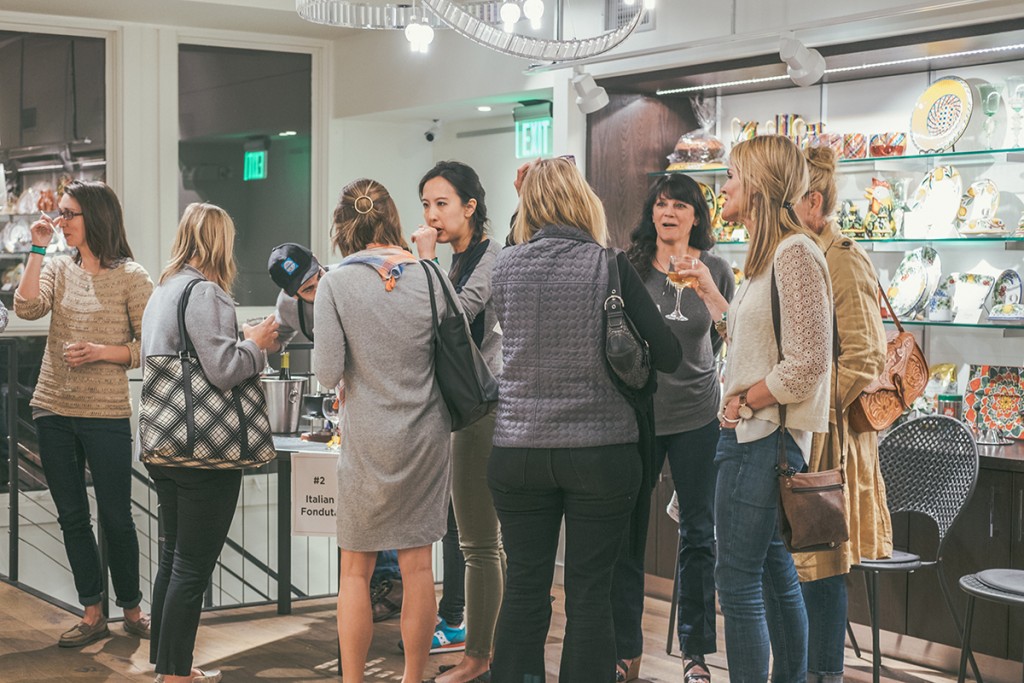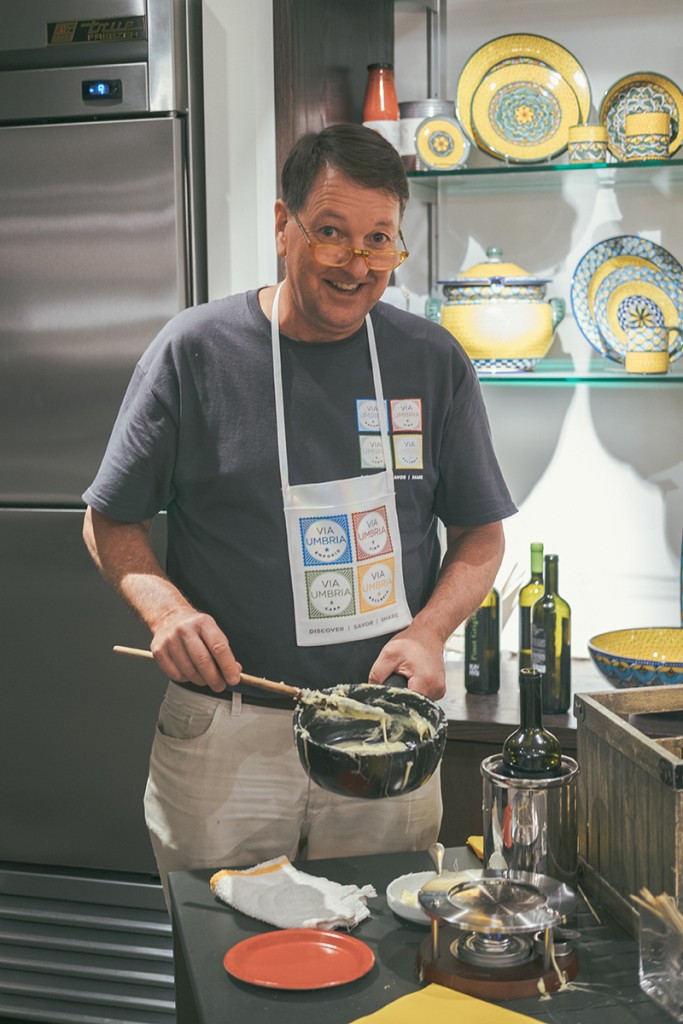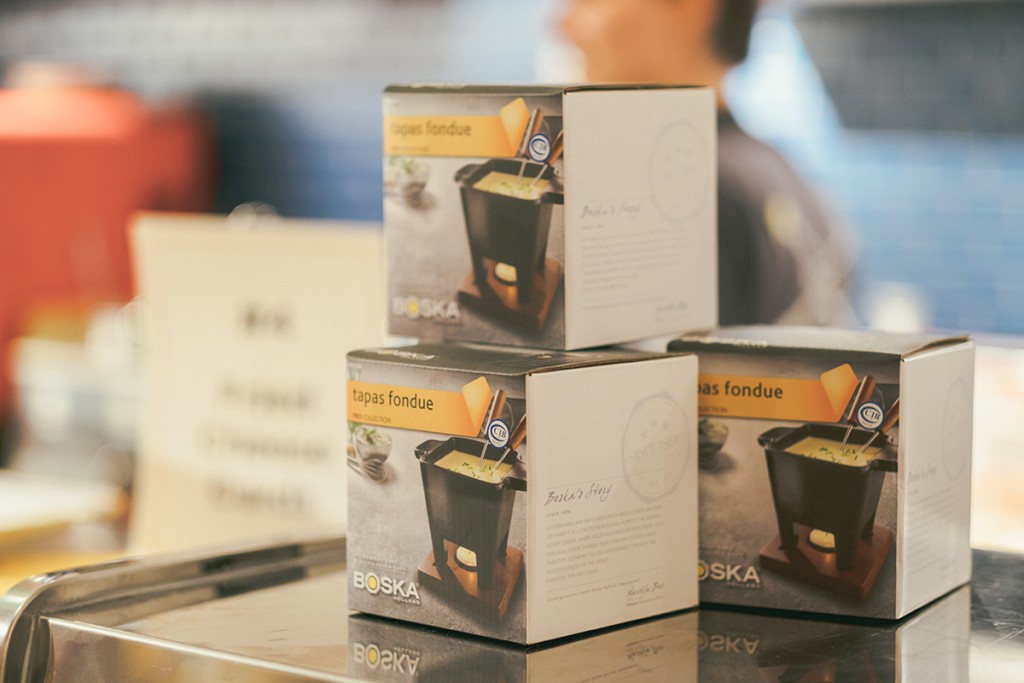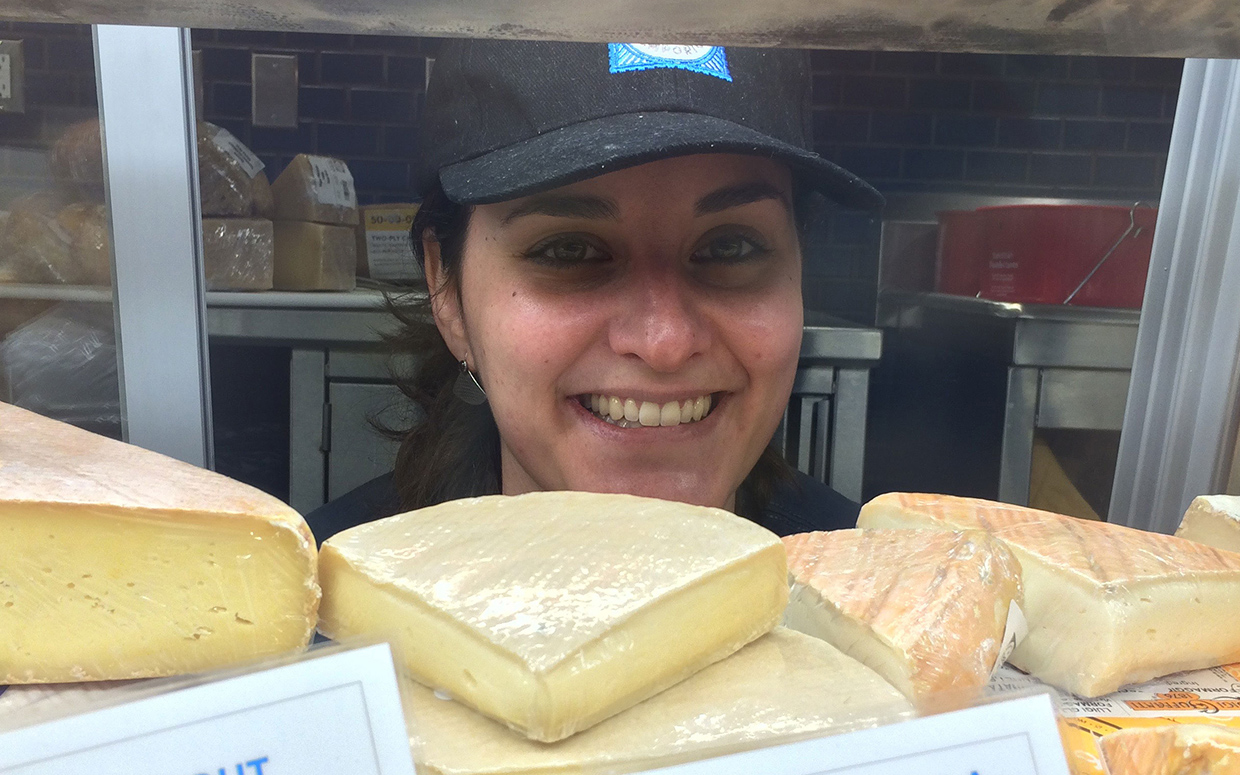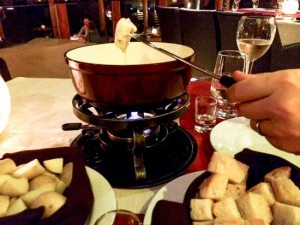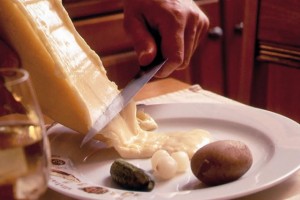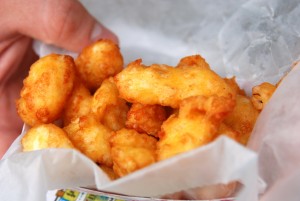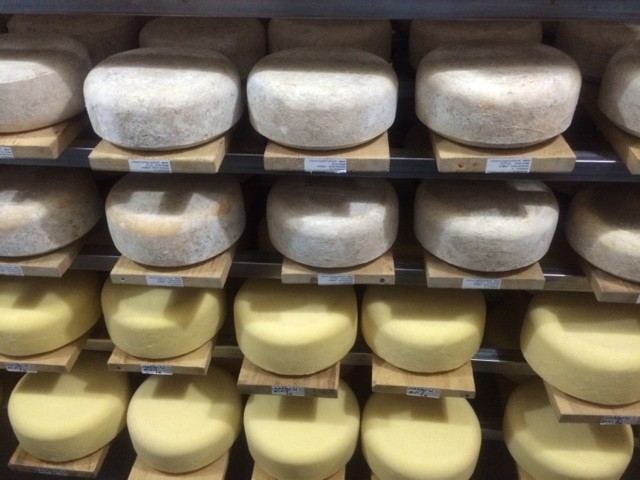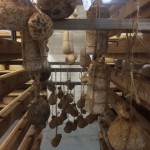So you guys, it’s official – summer is finally over. And I, for one, am THRILLED. Don’t get me wrong – I love me some 4th of July fireworks, grilled meats, and summer-only cheeses paired with some gorgeous tomatoes or cucumbers. Those are all lovely things. Add in some chilled rose, and I’m a pretty darn happy camper.
All that being said, I decidedly do not love the hot, sticky, sweaty, mosquito-y weather that DC calls summertime. Holy moly. Don’t get me wrong, I really do love living here, but this little swamp-town known as our nation’s capitol is pretty darn unbearable from June until about halfway through October. Woof.
But it’s over! It’s finally over! And with the weather graciously subsiding, not only are wardrobes changing – oh hey there sweaters, scarves, and boots! – but tastebuds are starting to change as well. When the temperature starts dropping and leaves start falling, bigger, bolder flavors that are just too darn much in the oppressive heat suddenly seem incredibly appealing.
Which leads me to one of my all-time favorite cheeses: aged gouda. For me, fall means it’s time for some butterscotchy, nutty, salty/sweet aged gouda. And no one does aged gouda better than L’Amuse.
Let me back up for a moment – what is gouda? Strictly speaking, gouda is a cow’s milk cheese made with washed curds that traditionally hails from the Netherlands. Actually, the name “Gouda” comes from a town of the same name where the cheese was originally traded. This is about as specific as gouda gets, though. The name itself is not protected, so when you see the word “gouda” on a package, it can mean many different things. It can come from different places, be aged for varying degrees of time, be made from different milks – all things that lead to very different flavor profiles and/or textures.
So how do you know if the gouda you’re buying is the right one for you? How do you know you’re not going to end up with plastic wrapped, pre-sliced, rubbery cheese that tastes like fake smoke? My answer is the same one I pretty much give in any cheesy situation: talk to your cheesemonger. It’s our job to find the best cheeses around and then pair you with the right one.
Now, some of you may be asking yourselves – but how do we find these delicious cheeses? Well, in the case of the gouda that I carry, the answer is simple: I turn to Essex St. Cheese Co. For those of you who read my blog post about feta way back in July, that name will sound familiar – this team of fantastic importers provides the Via Umbria counter with their fabulous feta, as well as manchego, and gouda. To refresh you guys on what Essex St. does, I turn to my previous post: “Rather than importing many different types of cheese, Essex finds the best of the best and brings in only a handful of cheeses, with each type only having one producer. Their bar is extremely high.”
Not only is this high bar met, but I dare say that it’s exceeded by the goudas coming out of L’Amuse Fromagerie in Santpoort-Noord. L’Amuse is owned and operated by master-cheesemonger and affineur Betty Koster – I had the privilege of meeting Betty during CMI and not only is she amazing at what she does, but she can also only be described as thoroughly warm and decidedly delightful.
But back to the cheese – for their Signature Gouda, the L’Amuse team hand-selects cheeses from the Cono cheesemaking plant in the northern Netherlands, and then ages them to perfection over the course of 2 years. Instead of aging them at cooler temperatures, as is done with most traditionally aged goudas, Betty keeps them at mid-temperature in order to develop fully rounded flavors. And oh man, what flavors develop! Butterscotch, caramel, toasted hazelnuts, and cream are all ensconced in this dense yet velvety paste.
In case you hadn’t already guessed it, L’Amuse Signature Gouda will be Via Umbria’s November cheese of the month, and I couldn’t be more excited! Please join us for our monthly Cheese Party next Wednesday, November 2nd, to not only taste this unbelievable cheese, but to also learn about it from Essex St. educational director, the wonderful and talented Rachel Juhl! It’s going to be a fantastic evening that you don’t want to miss.
